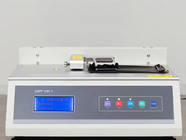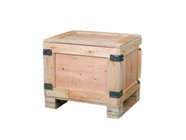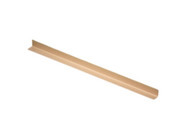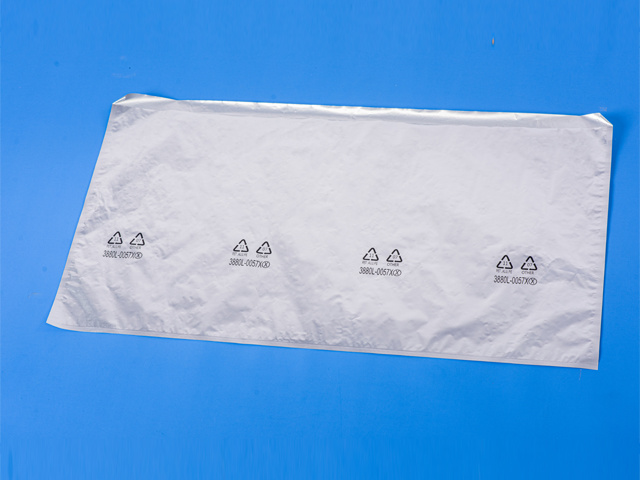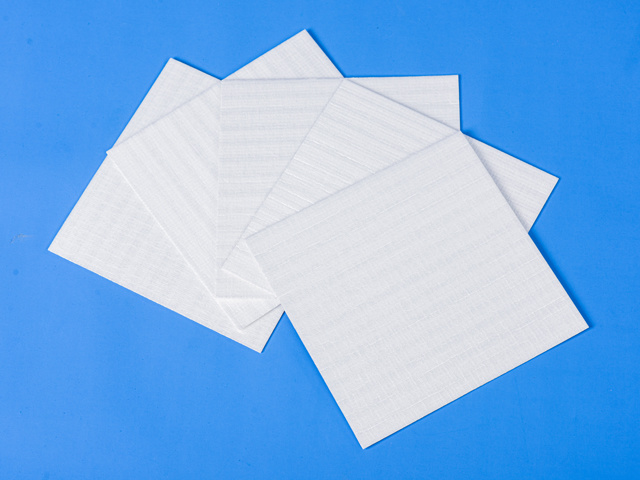Picture and Text Details
Published time:
2020-04-03
Source:
I. Appearance Quality:
1. Printing Quality: The patterns and fonts are clearly printed, with consistent and bright colors; the printing position error for large boxes should not exceed 7mm, and for small boxes should not exceed 4mm;
2. Sealing Quality: There are no holes around the box, and there are no gaps or misalignments after closing the box lids;
3. Size Tolerance: The inner diameter of the box should maintain a tolerance of ±5mm for large boxes and ±3mm for small boxes compared to the design size, and the outer dimensions should be consistent;
4. Lid Folding Times: The corrugated cardboard box lid can be opened and closed 180 degrees and folded back and forth 5 times or more. The total length of cracks in the surface and inner layers of Type I and II boxes, and in the inner layer of Type III boxes, should not exceed 70mm;In addition, the joints should be standard, the edges neat, not folded, and the box surface should not have obvious damage or stains.
II. Compressive Strength of Cardboard Boxes and Influencing Factors The compressive strength of cardboard boxes is a quality indicator required for many commodity packaging. During testing, the corrugated cardboard box is placed between two pressure plates and compressed until it collapses. The pressure at this point is the compressive strength of the cardboard box, represented in KN.
1. Predetermined Compressive Strength of Cardboard Boxes
Cardboard boxes require a certain degree of compressive strength because when packaged goods are stacked in lower layers during storage and transportation, they are subjected to pressure from the boxes above. To prevent collapse, an appropriate compressive strength is required. The compressive strength of the cardboard box is calculated using the following formula: P=KW(n-1) where P is the compressive strength of the cardboard box, NW is the weight of the cardboard box after loading, Nn is the number of stacking layers, and K is the stacking safety factor. The number of stacking layers, n, is obtained from the stacking height, H, and the height of a single cardboard box, h, with n=H/h. The stacking safety factor is determined based on the number of layers of goods stacked. National standards stipulate: for storage periods less than 30 days, K=1.6; for storage periods between 30 and 100 days, K=1.65; for storage periods greater than 100 days, K=2.0
III. Dynamic Performance Test of Cardboard Boxes For the packaging of certain specific goods, such as ceramics, glass products, electrical appliances, and instruments, it is also necessary to test the cushioning performance of the cardboard box, simulating transportation, loading and unloading, vibration, and drop tests;
1. Drop Test
The cardboard box containing packaged goods is dropped from a specified height in different orientations to test the condition of the packaged goods after a certain number of drops, or the number of drops until damage occurs.
2. Inclined Plane Impact Test The cardboard box is placed on a slide and then slid down from a certain height on an inclined plane to impact a baffle. This simulates emergency braking during transportation.
3. Vibration Test The cardboard box containing packaged goods is placed on a vibration platform and subjected to horizontal and vertical vibrations, or simultaneous bi-directional vibrations. The condition of the goods is checked after a certain time, or the time it takes for the goods or the cardboard box to be damaged is recorded.
4. Hexagonal Drum Rotation Test The cardboard box is placed in a hexagonal rotating drum with an impact plate and rotated at a specified speed and number of times. Then, the condition of the goods and cardboard box is inspected for damage.
4. Hexagonal Drum Rotation Test The cardboard box is placed in a hexagonal rotating drum with an impact plate and rotated at a specified speed and number of times. Then, the condition of the goods and cardboard box is inspected for damage.
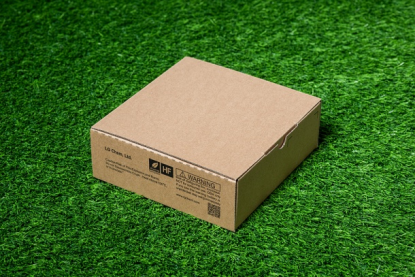
Product Recommendation





